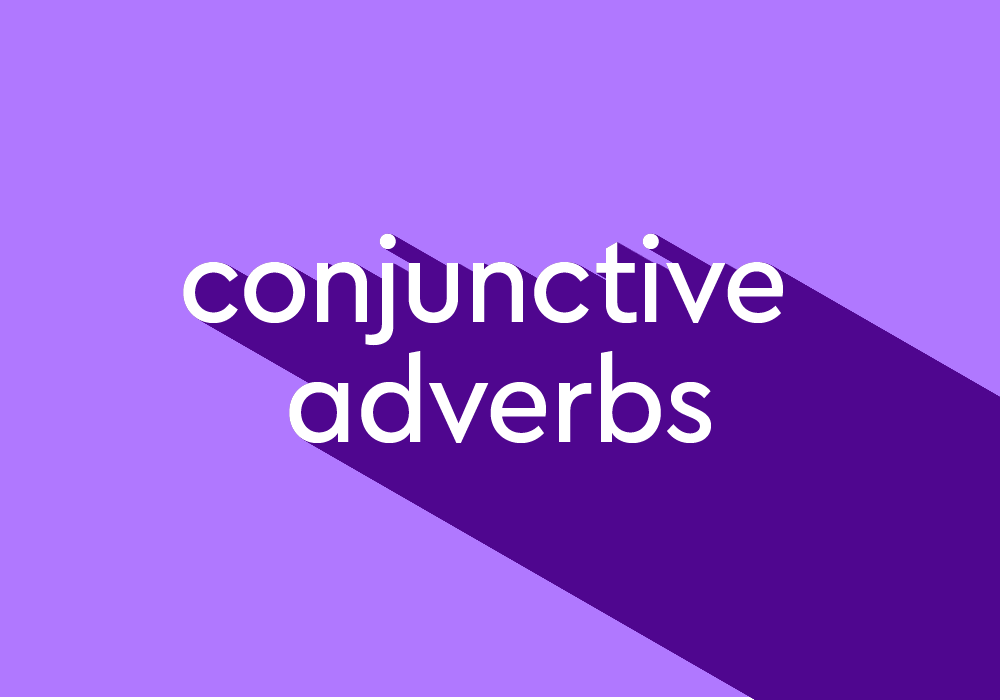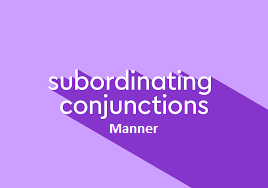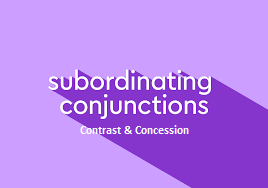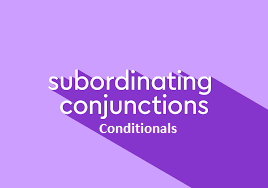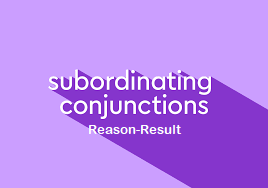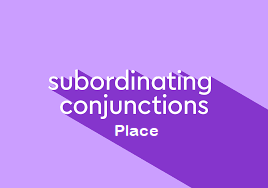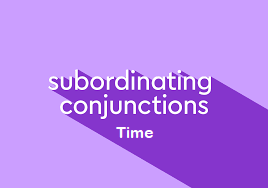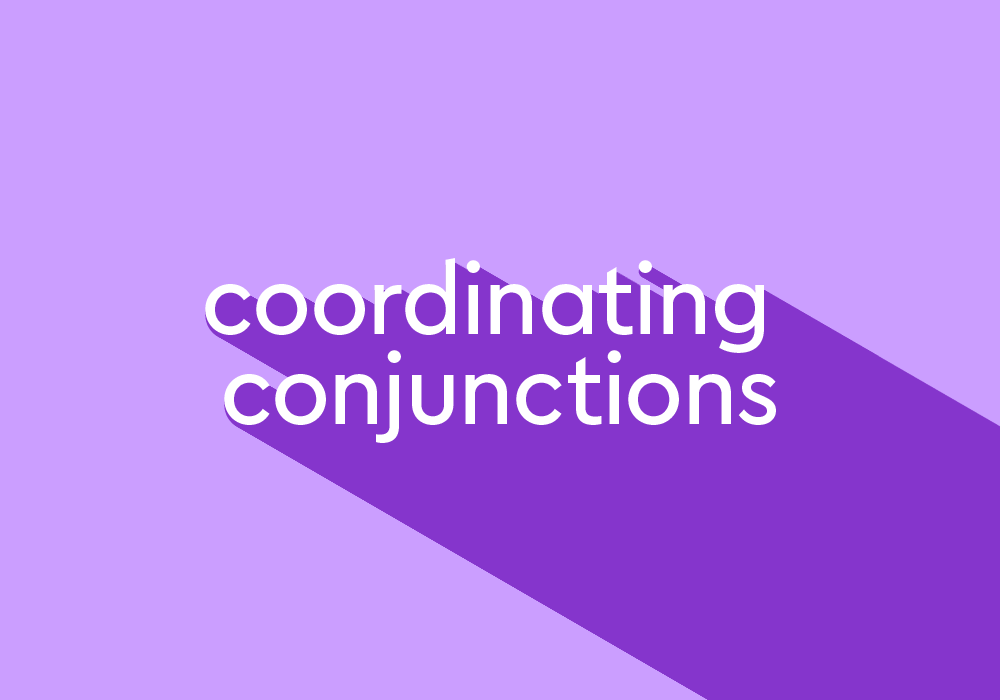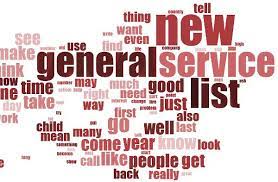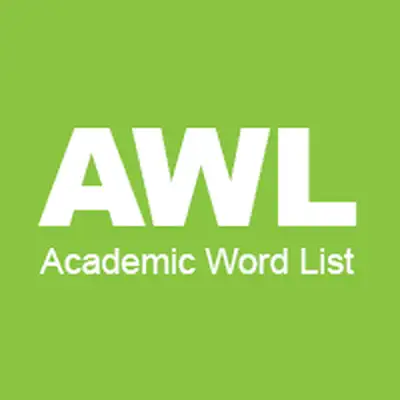Educational Content
Conjunctive Adverbs A conjunctive adverb (also known as adverbial conjunction) is an adverb that is used to link two independent clauses together in a similar way standard coordinating conjunctions do. Adverbial conjunctions are a type of “transition” word that, as their name suggests, function as both adverbs and conjunctions. They work as conjunctions because they […]
Subordinating Conjunctions (Manner) Subordinate clauses starting with the subordinating conjunctions of manner are called adverb clauses of manner. An adverbial clause, also known as an adverb clause, is a group of words that forms a dependent clause and acts as an adverb in a sentence. Adverbial clauses contain a subject, a predicate, and a subordinating […]
Subordinating Conjunctions (Contrast & Concession) Clauses of Contrast are dependent clauses used to describe conditions or events that are different than expected. Although, even though, though, despite, in spite of, while, and whereas and are commonly used to link sentences for showing a contrast. Although it rained a lot, they had a good time. Even […]
Subordinating Conjunctions (Conditionals) What is a subordinating conjunction? A subordinating conjunction is a word or phrase that links a dependent clause to an independent clause. Unless, if, as long as, so long as, provided (that), providing (that), supposing, or and otherwise are subordinating conjunctions which can be used to connect conditions and results or causes and effects. 1. […]
Subordinating Conjunctions (Reason-Result) What is a subordinating conjunction? A subordinating conjunction is a word or phrase that links a dependent clause to an independent clause. This word or phrase indicates that a clause has informative value to add to the sentence’s main idea, signalling a cause-and-effect relationship or a shift in time and place between the […]
Subordinating Conjunctions (Place) What is a subordinating conjunction? A subordinating conjunction is a word or phrase that links a dependent clause to an independent clause. This word or phrase indicates that a clause has informative value to add to the sentence’s main idea, signalling a cause-and-effect relationship or a shift in time and place between […]
Subordinating Conjunctions (Time) What is a subordinating conjunction? A subordinating conjunction is a word or phrase that links a dependent clause to an independent clause. This word or phrase indicates that a clause has informative value to add to the sentence’s main idea, signalling a cause-and-effect relationship or a shift in time and place between […]
WHAT IS A COORDINATING CONJUNCTION? A coordinating conjunction, also called a coordinate conjunction, is a conjunction that is used to connect words, phrases, clauses, and sentences together. Coordinating conjunctions are very commonly used in all kinds of writing and speech. Here are just some of the parts of speech we can connect using coordinating conjunctions: […]
The General Service List (GSL) What is the GSL? The GSL, or General Service List, is a list of words which were chosen because they were thought to be of greatest ‘general’ use to learners of English. How frequently they occur in English was one factor which was considered when selecting the words. The original […]
Academic Word List (AWL) The Academic Word List (AWL), developed by Averil Coxhead at Victoria University of Wellington, New Zealand, contains 570 word families which frequently appear in academic texts, but which are not contained in the General Service List (GSL). When compiling the list, the author found that the AWL covers around 10% of […]

